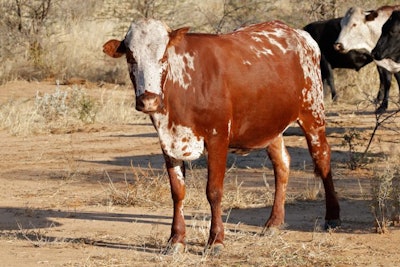
A manual of practical guidelines on how to produce livestock feed using Namibia’s indigenous encroacher bush has been launched.
Bush encroachment is a major challenge for agricultural productivity in Namibia. As the bush expands, other plant species, especially grasses, are pushed out. Bush encroachment is estimated to affect up to 111 million acres of land in Namibia. In recent decades, agricultural activity has declined by two-thirds, mainly due to bush encroachment.
If animal feed can be made using encroacher bush, it can make farms more drought resilient, restore productive rangeland and save billions in animal feed imports.
“We get an opportunity to contribute towards solving bush encroachment and foresee a very big opportunity for our farming community and land users to take advantage of this value chain,” said Progress Kashandula, general manager of the De-bushing Advisory Service (DAS), in a report.
The manual shows the potential for bush-based animal feed for commercial enterprises and smallholder farms.
There have been successful feeding trials for sheep and cattle in three different environments: the conservancy area of African Wild Dog at Okondjatu, the government farm Omatjene and a commercial farm near Dordabis. Results show that it is possible for Namibians to produce animal feed locally, using leaves and branches of the encroacher bush in combination with available supplements.
According to a report, “the extensive research has shown that such production is not only economically viable, but also free of health-related risks for the animals if applied correctly. Not only have the trial animals maintained their weight, but they have also shown significant growth rates.”

















